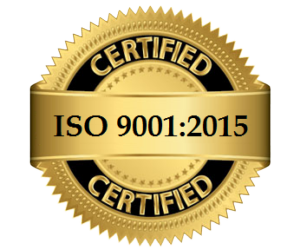Preparing Your Résumé
Your résumé, or curriculum vitae, is a vital asset for any employment search. It must clearly explain to the reader what it is that you can do for them. It alone won’t get you a job but if your résumé is a well presented, it is a good source of relevant information and sells you to the reader; it will get you an interview.
Your résumé should showcase your strengths, experiences, and achievements, demonstrating to employers why they should hire you.
Before preparing your résumé, stop and think about your accomplishments and skills. Treat this as a brainstorming exercise used to help discover your strengths, your likes, and your dislikes. By identifying your accomplishments and skills you should be able to create a strong outline for your résumé, which will help enable your employer to have a better understanding of who you are and what you have to offer. Your brainstorming exercise should also include employment history, experience, knowledge level, and successes.
Once you have reviewed your skills and accomplishments, you can then take a closer look at the different parts of the résumé.
Parts of a résumé:
A résumé is more than a piece of paper. It can be what gets you that first interview. The goal should be to impress your employer with your résumé. If written correctly, it should make your employer want to take a serious look at you. Below is a traditional formatted résumé that provides a brief explanation of each element within.
Contact Information Your name, phone number(s), and e-mail address should be prominently positioned at the top of the page. Aim for the right-hand corner, so it is easily found when paging through a stack of paper and it is not hidden if there is paper clipped or stapled to other sheets.
Objective Your objective is your job search mission statement. This should be easily identified to the prospective employer, and it should relate to the exact position you seek. It should define the job title and mention some of your character traits and skills you have that could be utilized for the position. You should tailor your objective to each employer you contact.
Experience/Employment History Discussing your experience and work history is traditionally done in reverse chronological order with your history listing of job titles and descriptions. It should include proven results, such as numbers and percentages to demonstrate the positive impact you had on an organization.
Skills Here the focus should be on skills you have that can help towards the job you are applying for. Some of the most basic questions should be answered though your résumé. Ex: What computer programs do you know? Are you bilingual? What type of equipment have you used? This is where you can list any special, job-related skills you may have. You can tailor this list to fit the needs of the position for which you are applying.
Education/Training/Certifications/Licenses In this section, list the schools you attended, the degrees you have earned, your graduation date, and your GPA if it is 3.0 or higher. Also include memberships in related honor societies and related certifications or professional licenses.
Awards This is an area of the résumé where you get to draw attention to your key accomplishments and accolades to help differentiate yourself from other job seekers. The accomplishments you list can say a lot about you and your work ethic. Awards can be both personal and professional, and should be listed in reverse chronological order.
Affiliations Being a member of a professional association demonstrates a huge interest in your field. It will show the employer your interests outside of the work place. It is also a wonderful conversation starter. The same goes for affiliations with non-profit organizations. Showing the employer that you give back to the community speaks a great deal about your character.
Technical Significance:
The Look:
- Has a professional format that is easy to read.
- Is on 8.5" x 11" paper, or is in electronic form.
- Has one-inch top, bottom, left and right margins.
The Content:
- Has your name at the top of each page after the first, with a page number.
- Has a summary that highlights your experiences and qualifications.
- Contains your telephone number and email address, if available.
- Is free of grammatical and typographical errors.
- Is concise and targeted.
- Indicates the kind of work you seek in the Objective, if used.
- Showcases critical factors tied directly to your work objectives.
- Documents your work history in reverse chronological order, with places of employment, locations, dates and duties.
- Demonstrates a logical career progression with positions of increasing responsibility.
- Documents pertinent career accomplishments; problems or challenges faced; actions taken and business results achieved.



